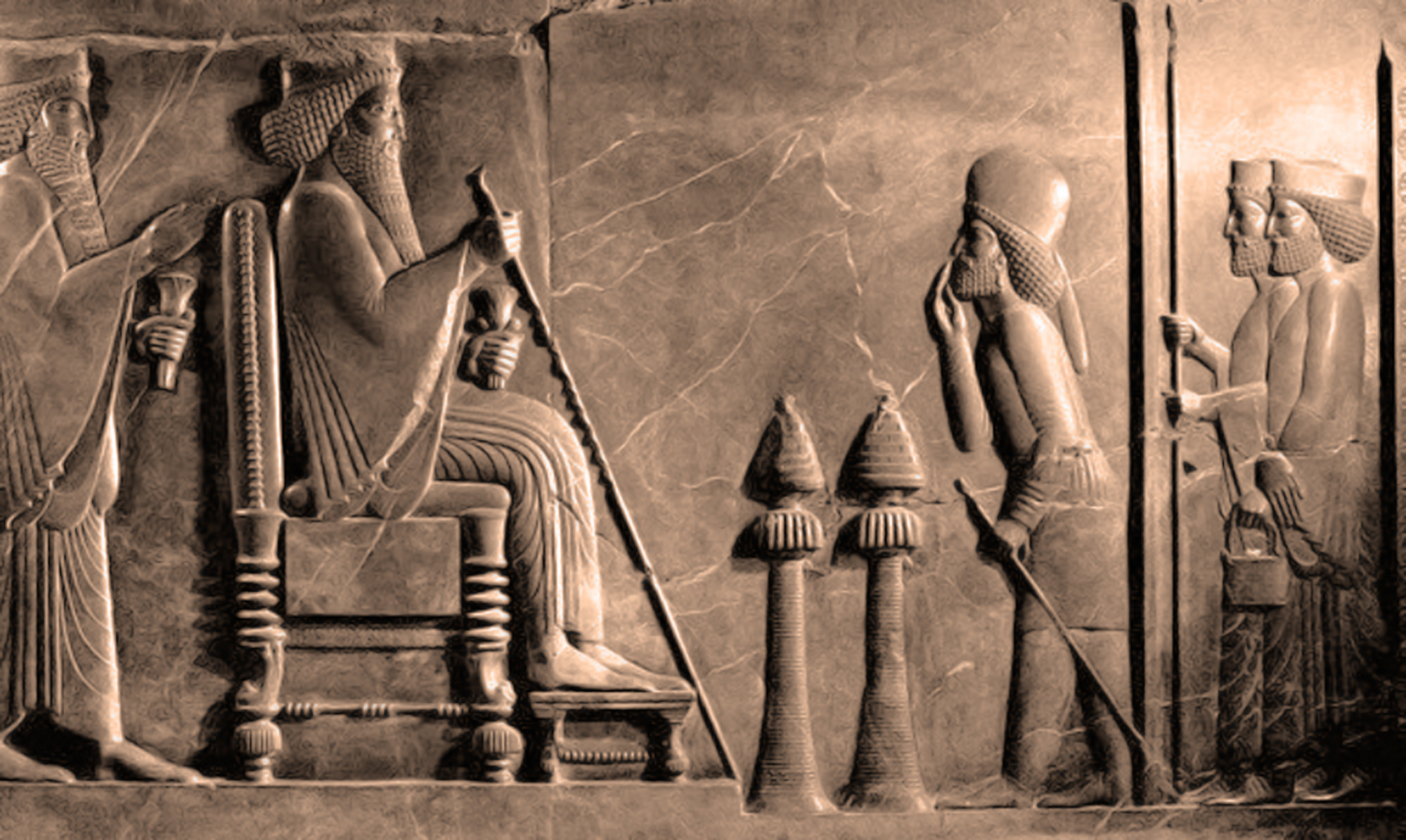

It is conceivable that some particular sculptor may have carved figures in the friezes of both Persepolis and the Parthenon workmen who could attain the requisite standard must have been in demand. Persepolis was built steadily from about 500 to 460, by which time the reconstruction of the Acropolis had begun its earliest Periclean building, the Parthenon, was commenced in 447. There is reason to think that the sculptors employed at Persepolis were largely Greeks-conscripted subjects of Persia, no doubt the sculptors of the Acropolis were by no means all Athenian but came also from other Greek states, and surely there must have been talk among them of the tremendous project from which many of their colleagues had returned to cities east of the Aegean. But it must not be taken for granted that every parallel between them is fortuitous. A comparison between the two schemes must reflect the divergence between the Persian and the Greek outlook but also reveal some elements in common, if only because of an inevitable resemblance in ways of thinking among contemporaries when confronted with rather similar problems. There had been nothing in all Asia as sumptuous as Persepolis the Acropolis of Athens, a quarter its size, was given a magnificence absolutely unprecedented in Greece.

and they embody respectively the ideals of the Persian and of the Athenian Empire. Pivoting devices found on the inner corners of all the doors indicate that they must have had two-leaved doors, which were possibly made of wood and covered with sheets of ornamented metal.Two of the greatest monuments of the ancient world date from the fifth century B.C. The doorway on the south, opening toward the Apadana, is the widest of the three. Engraved above each of the four colossi is a trilingual inscription attesting to Xerxes having built and fulfilled the gate. A pair of massive bulls secured the western entrance two Lamassu in the Assyrian style, albeit, of colossal proportions, stood at the eastern doorway. Each of the three walls, on the east, west, and south, had a very large stone doorway. The outside walls, made of broad mud block, were bedecked with frequent niches. Parallel to the inner walls of this room ran a stone bench, interrupted at the doorways. The structure consisted of one large room whose roof was supported by four stone columns with bell-shaped bases.

The construction of the Stairs of All Nations and the Gate of All Nations was ordered by the Achaemenid king Xerxes I (486–465 BC), the successor of the founder of Persepolis, Darius I the Great.

The Gate of All Nations ( Old Persian: duvarthim visadahyum) also known as the Gate of Xerxes, is located in the ruins of the ancient city of Persepolis, Iran. Persepolis (/ p r s p l s / Old Persian:, romanized: Prsa New Persian:, romanized: Takht-e Jamshd, lit.


 0 kommentar(er)
0 kommentar(er)
